Magic: The Gathering — Beginner’s Guide
Magic: The Gathering is one of those games that has certainly stood the test of time. Thirty years later, with major property sets featuring characters, locations, and relics from Dungeons & Dragons already out and new sets featuring Lord of the Rings and Doctor Who coming out sometime in 2023, it’s never been a better time to get in the game, even if you’re not familiar with the rules.
What is Magic The Gathering?

Magic: The Gathering is a collectible or trading card game typically played by two players who draw cards and use them to do damage to each other until only one is left standing. To play cards from their hands, players must use land cards — based on elemental lands which players pull their magic from — to summon creatures, cast spells, or use bespoke relics.
Part of the fun and skill of Magic The Gathering card game is building a deck, and when it comes to selecting the perfect set of cards, there are now over 20,000 cards to pick from, so it can be quite overwhelming. Thankfully in Standard format, the most commonly played version of Magic, you can only choose cards from the last four sets to fill your deck with. This helps keep the game fresh and current and gives new players the chance to join in with whatever the latest set or expansion has released.
What do I need to play?
Standard decks for Magic: The Gathering have a minimum of sixty cards. You can choose whatever cards you want to fill your deck as long as there are only four of any one card, but it’s best to look for a type of synergy between the cards, as you’ll need to count your mana cards as part of your deck. Sometimes, picking two colors can be effective in creating a deck, as some colors work really well together, such as blue and green, or red and black, and have cards that pair up with either special abilities or creature types.
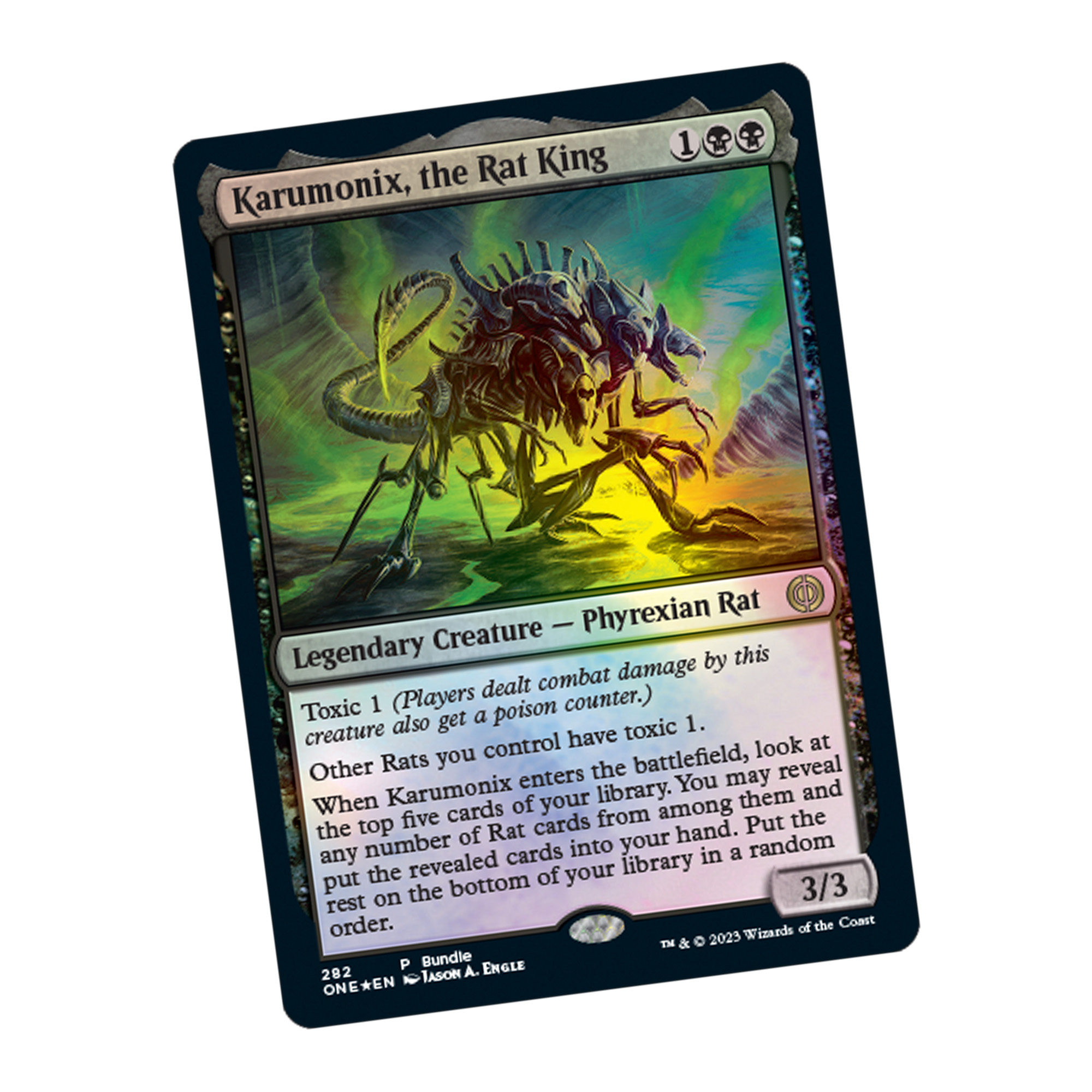
Having a sideboard, or spare set of cards, is another thing to keep in consideration, as Magic is typically played in a best-out-of-three bout against an opponent, and having some cards to swap in or out depending on what your opponent is playing is always a better strategy than hope and prayers. There is no disadvantage to having some extra cards to swap, but having a sideboard is not necessary to play, just a suggestion.
Finally, a life counter or 20-sided die is a good thing to have, as you start with 20 life points in most 1v1 games. Being able to keep track of this number is a good thing to have quick access to, as it may determine what you can do in your current turn or whether you’ll receive a deadly blow for it. You can play cards to give you health above 20 life, but you would know if your deck is set around this strategy and can plan accordingly.
How to play Magic: The Gathering
Now that we know what Magic: The Gathering is and what is needed to play it, let’s talk about what happens during an actual game. You’re trying to kill the other player with your cards, that’s a given, but let’s learn the basics and go from there.
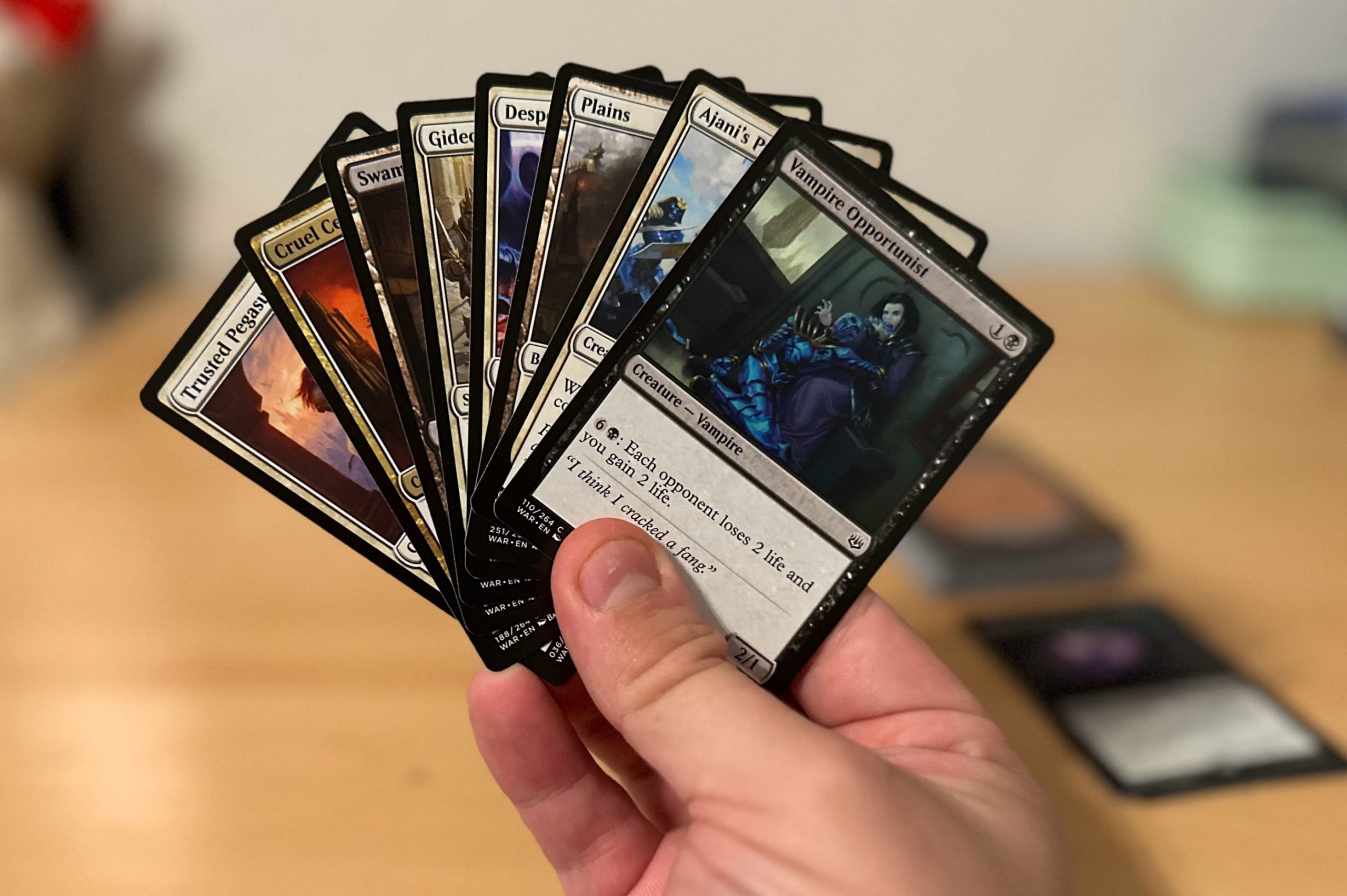
You begin the game by drawing seven cards from your draw pile, or your deck. If you didn’t get a decent hand the first time, say one without any land cards for mana, you can take a ‘mulligan’ and discard your cards and redraw six instead. Once you are ready to begin, you flip a coin or roll a die, whichever method you both agree upon, and the person that goes first skips their draw step and plays whatever they are able to.
We’ve mentioned mana already in this guide, but it can’t be overstated how important it is. If you don’t have lands or artifacts to give yourself mana or magical energy, other than in rare instances, you can’t play other cards from your hand. It’s essential to get your land cards out early and you play these ‘mana’ cards by turning them to their side to ‘tap’ them to give yourself the magic power to summon your other cards and put them in play.
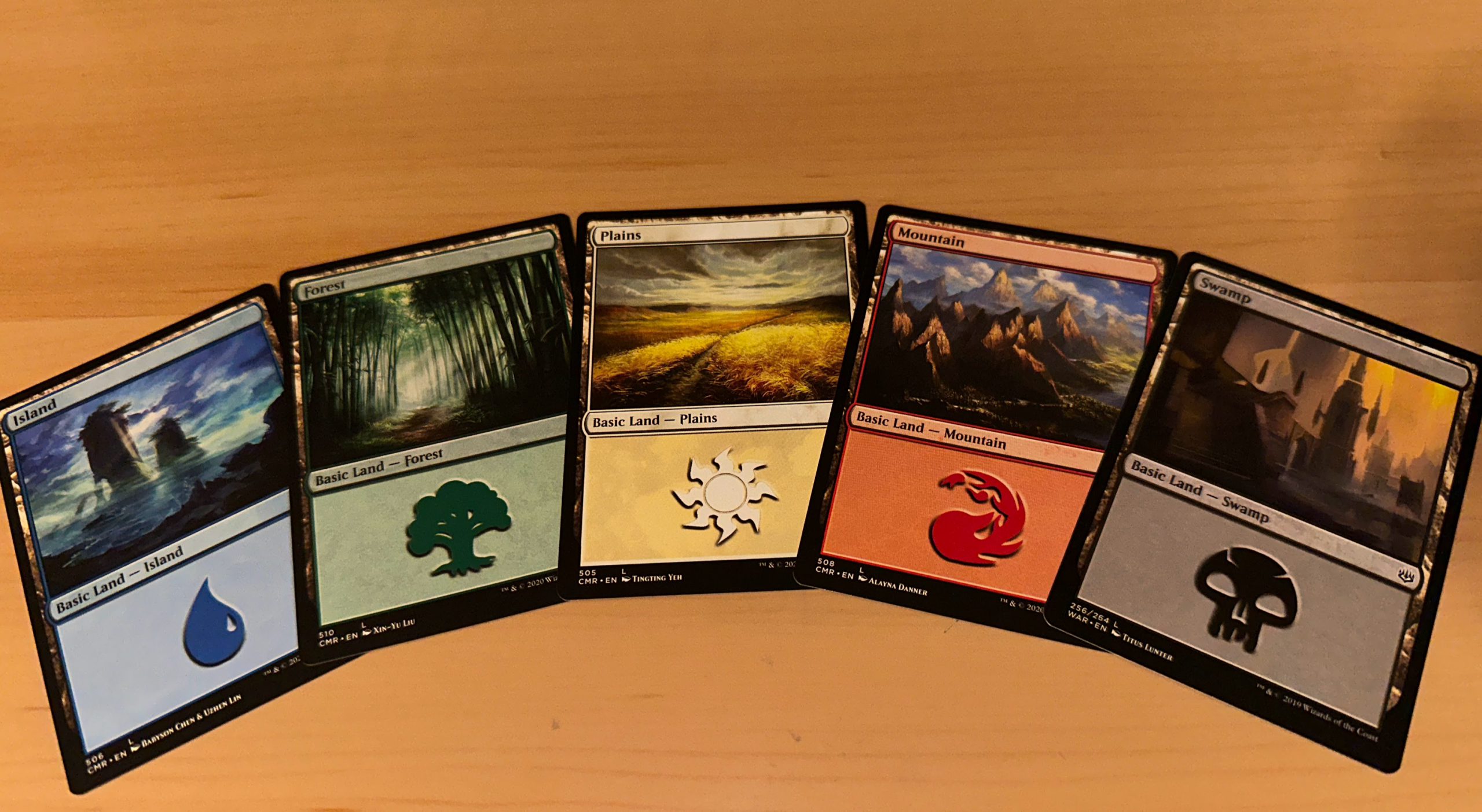
Creatures attacking also tap, which indicates to players that they are in use and can’t block during their turn. Each creature has an attack power and defense indicated on the bottom of the card, and a mana cost at the top. What they can do when they attack or block is their special abilities and are typically indicated, if they have any, in the text within the box on the bottom half of the card.
There are many specific terms that you’ll need to understand to fully appreciate what your creatures can do and know what your enemies can do as well, and since the rules change often in Magic: The Gathering, it’s wise to keep the official rules close by, especially as a beginner. For example, once creatures are summoned, there is a rule called ‘summoning sickness’ which basically means they can’t be used to attack that turn. If they have ‘Haste’, however, they are unaffected by summoning sickness and can be tapped and launch an attack as soon as it enters the fray. There are plenty of other special abilities like that to learn and plan around.
You can use your creatures to attack either your opponent’s life points directly if they don’t have any creatures of their own on the battlefield to defend, or to attack their creatures, making way for a direct attack. If your attack is greater than their defense, you defeat their creature, if their attack is greater than your creature’s defense, then that creature is defeated. Any defeated cards go into a discard pile called the graveyard unless the text on their card suggests otherwise. Depending on who is defending against the attack, the defender is able to choose which creature blocks, if any, and then you resolve the outcome. They can also both be destroyed by attacking each other, and there are many different ways to affect the outcomes, especially by using spells.
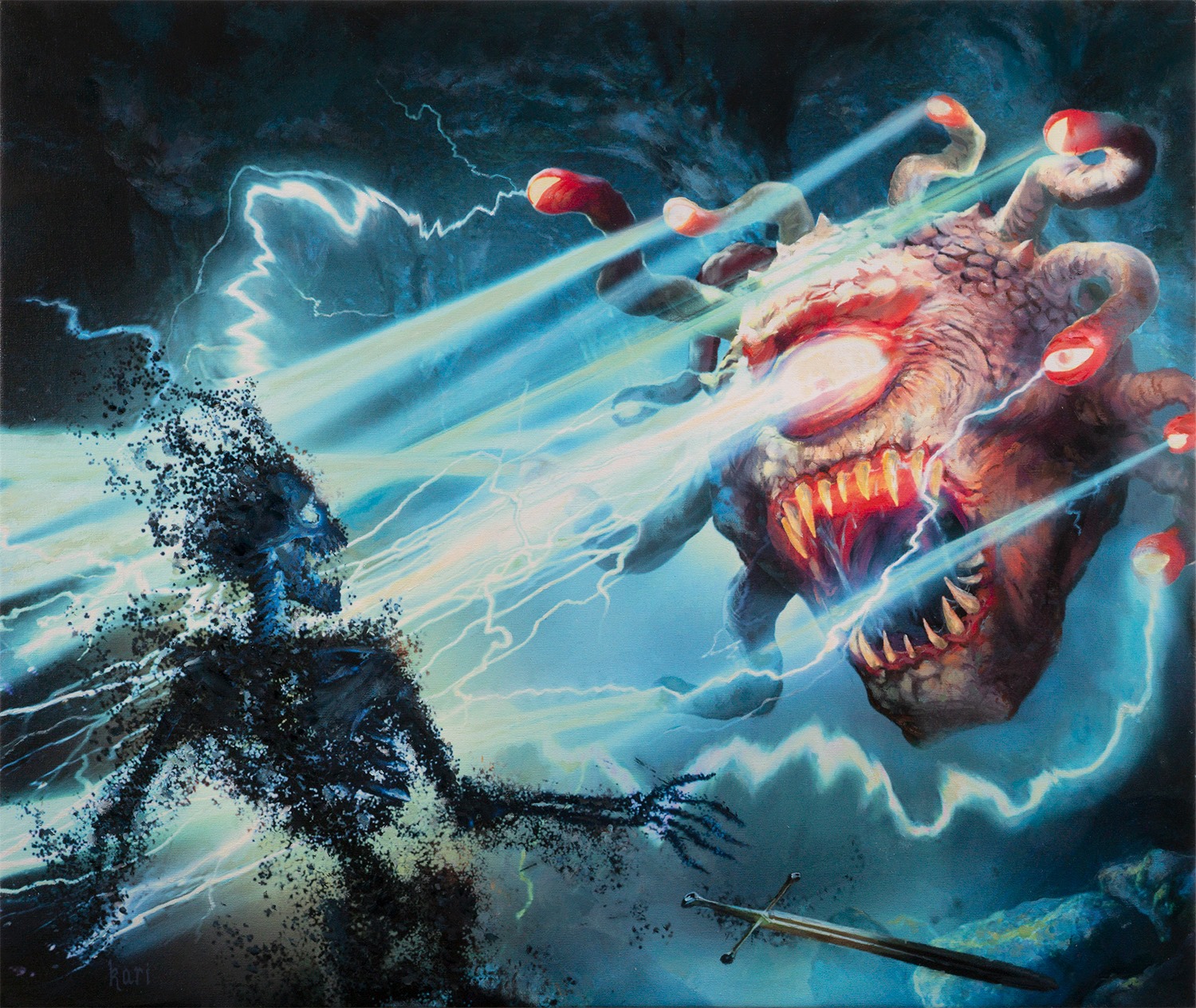
Spells typically come in two flavors: Sorcery and Instant. Sorcery spells are spells that affect the battlefield, allowing you to take extra turns, destroy creatures, or even allow you to draw additional cards. Instant spells are very similar, except they can be played even when it isn’t your turn, sometimes allowing you to stop an opponent in their tracks and completely counter their entire turn. You can also use summoning some cards as a bluff to get your opponent to counter them with an instant spell, leaving you to play the cards you actually want to play once their spells are already used up.
It all boils down to luck of the draw and what you choose to do with the hand you’ve been dealt, but anticipating your opponent’s moves and being prepared to handle whatever they throw at you is part of the ‘meta’ or mind game within Magic: The Gathering. There are plenty of ways to mess with your opponent, including some cards that have the power to quickly discard their cards in their draw pile to their graveyard, forcing them down to nothing to draw and causing them to lose. It’s up to you to figure out your ultimate strategy, but it’s wise to pick a color that best suits your preferred play style.
The Colors of Magic
There are five colors in Magic: The Gathering: white, blue, black, red, and green. If you turn one of the cards over to the side that says ‘Deckmaster’, you’ll see this indicated in the color ring design on the back of the card. This diagram gives you a good indication of how the colors play with each other, as the colors adjacent to the others work well together, and the ones across the ring from that color are the opposing colors.
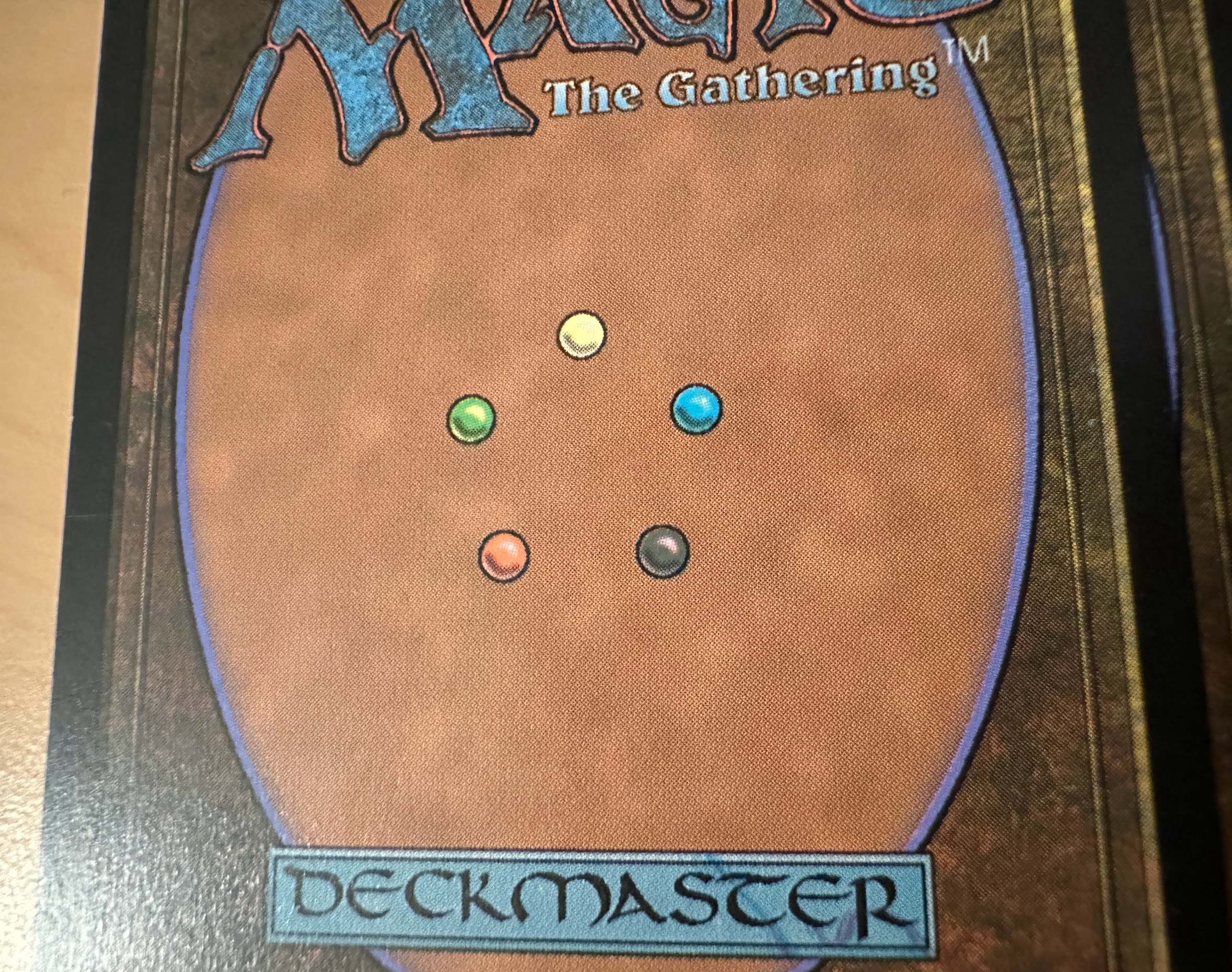
Ultimately, you want to pick the color that speaks to you the most, but it’s good to know the general idea behind each color before you can make that choice. Here’s a basic idea of what each color represents.
White is typically about life and law and has a lot of different types of angels and holy creatures in its army. Their abilities contain a lot of healing life points and offer the ability to quickly get them out on the battlefield to swarm your enemies.
Black is as you guessed mostly about death and decay, but there are cards that resurrect your defeated creatures, too. Some of the most powerful spells in black cards use the sacrifice of creatures to deliver direct damage to your opponent or their creatures. There are also plenty of undead and unholy creatures to go around, which can gang up and quickly overwhelm their adversaries.
Blue cards are commonly associated with strong spells and grabbing cards quickly. Since their lands directly relate to the sea or water, you’ll find many water-based creatures here. Additionally, magical beings such as sorcerers and spirits are plentiful in blue decks.
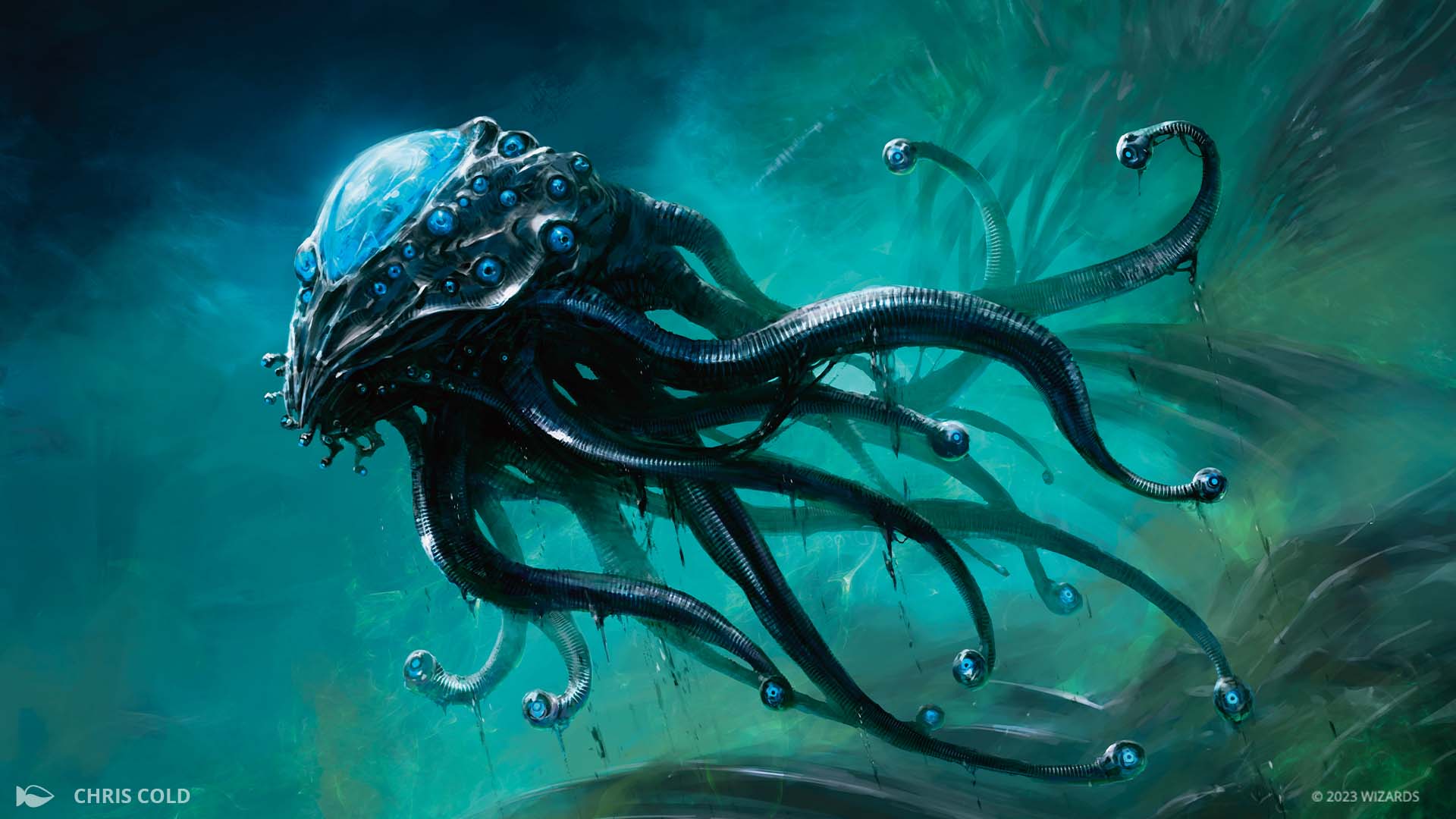
Green focuses on growth and nature. A lot of the cards in green focus on bolstering your mana output and getting to throw out a monster of a creature in early turns. This color is also where you find more nature-minded creatures, such as elves and other mythical creatures of lore.
Finally, red cards are typically about damage and fire. There are lots of decks focused around red that try to quickly assemble an army that increases their power with each new creature that is placed on the battlefield. Additionally, the use of fire spells is a great way to whittle away your opponent’s health while they are focusing on the army you put forth. Goblin decks, which you may have heard of, are based on red.
There are also multi-colored cards, which take advantage of the synergy of particular colors, but some cards are so powerful, they require the use of different types of mana to utilize. This is where having cards that allow you to pull cards from your deck come with a serious advantage, as it is tough to play multicolored decks without being able to pull a smaller count of land card out of the expanse of your deck.
There is no right or wrong color, just play whichever works for you. Check out preassembled decks either in person or check online what cards they contain and start figuring out effective strategies that use your favorite colors.
Putting it all together

So you’ve got your deck together and you’re ready to play, but who is out there to take you on? Well, you could of course play with the friends that likely got you into the game in the first place, or you could check out Wizard of the Coast’s store locator to find local shops that host free play or tournaments. ‘Friday Night Magic’ is a common event at these stores and typically comes with many opportunities for a beginner to watch skilled players or participate in some of the other game types, such as Limited, which has players constructing their decks from booster packs opened during the event.
There is plenty to learn and discover as you research cards and assemble your deck even further, but it’s best to take it slow, play a few games and discover what works and what doesn’t. Even though ‘paper’ or face-to-face Magic is the best way to play, the app Magic: The Gathering Arena is also a good resource to learn the rules quickly. Good luck with your magical adventures, there is much out there to learn and play!
Comments are closed.